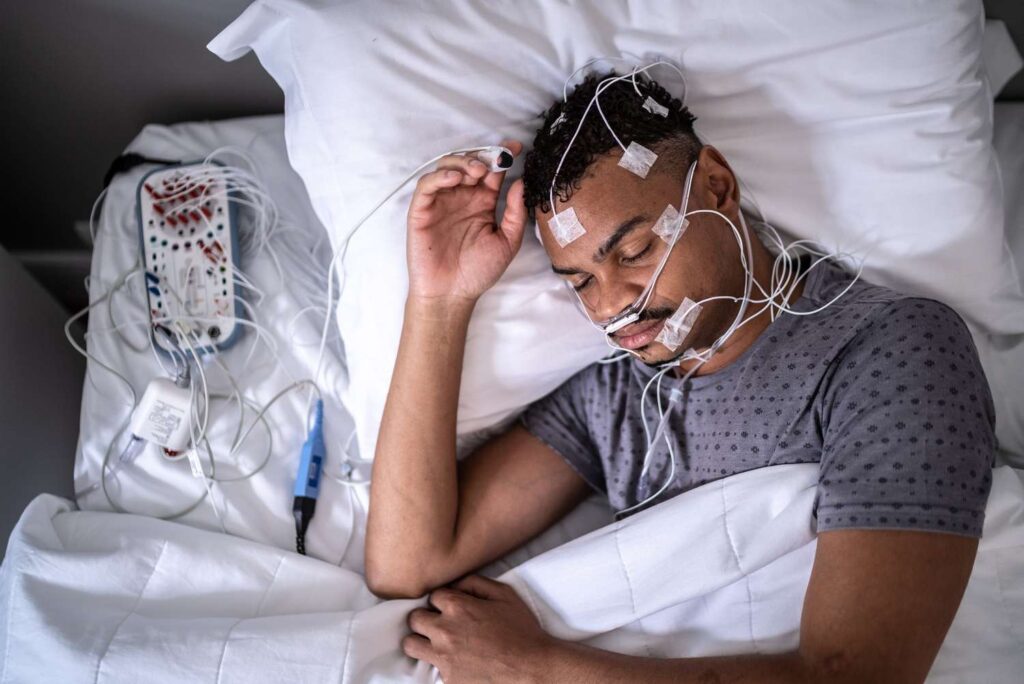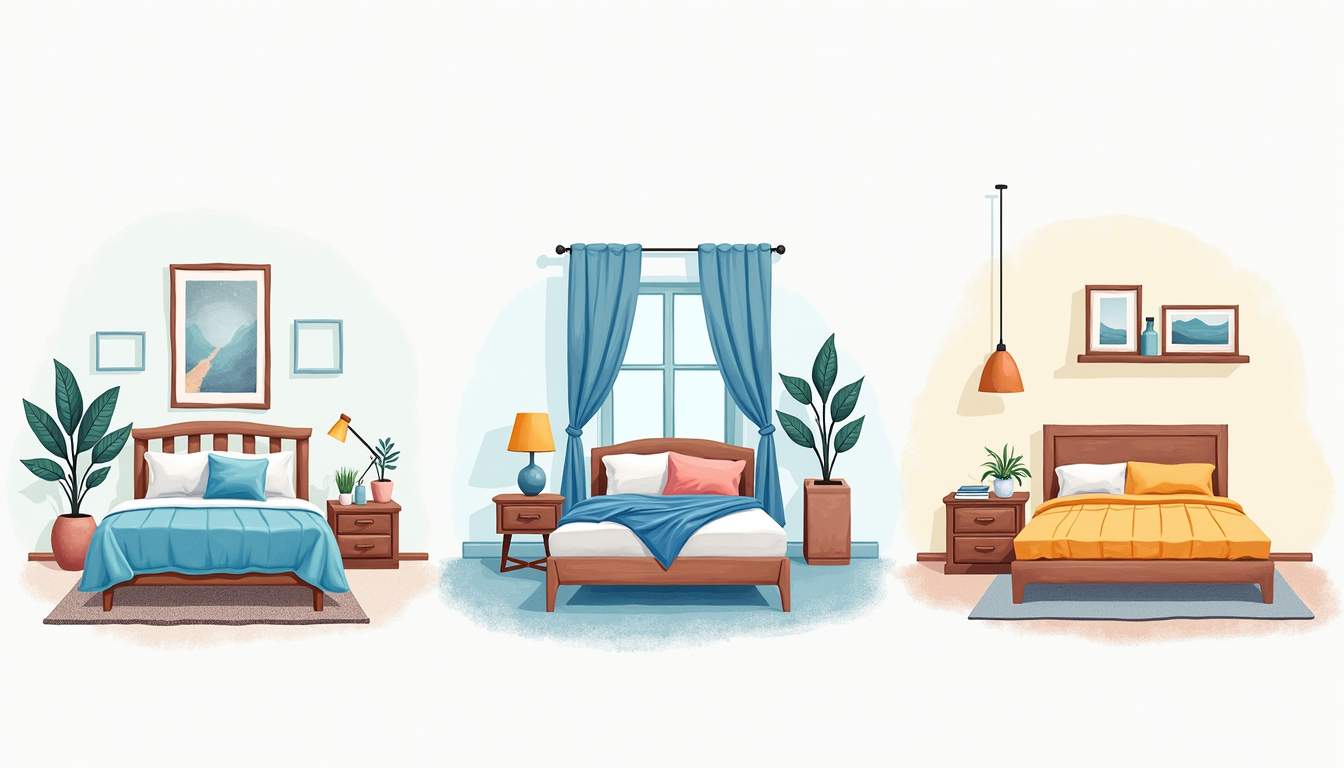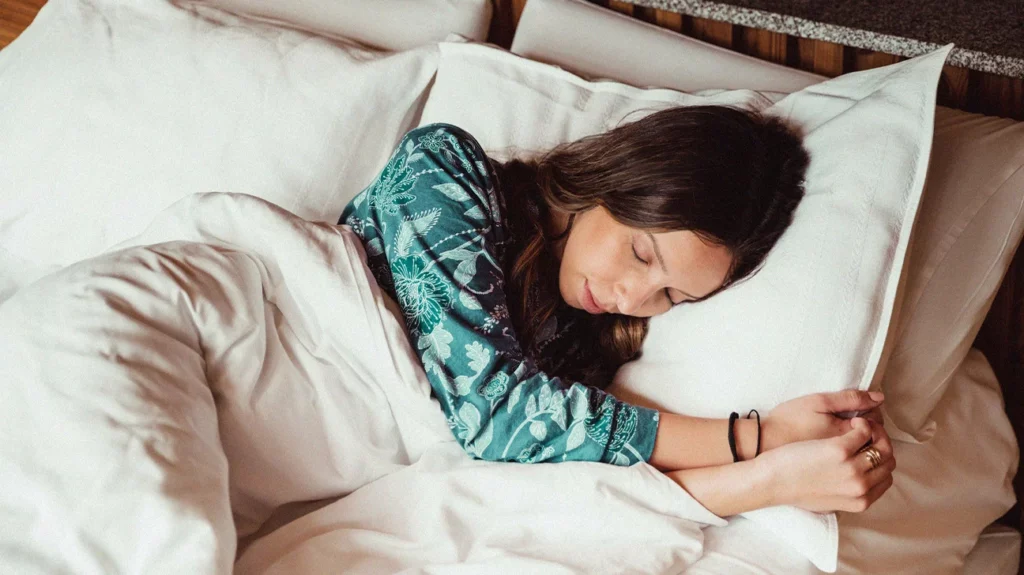The quality of sleep significantly affects our physical health, mental well-being, and overall life satisfaction. One innovative approach that has emerged to better understand and improve our sleep patterns is the sleep type test. This article will delve into what a sleep type test is, how it works, and the potential benefits it can provide.
Understanding the Concept of Sleep Type Test
At its core, a sleep type test is designed to analyze individual sleep patterns and categorize them into specific types. This categorization can help individuals recognize their unique sleep needs, enabling them to make informed changes to improve their sleep quality. By identifying whether one is a “night owl” or an “early bird,” individuals can tailor their daily routines to align with their natural inclinations, potentially leading to enhanced productivity and well-being.
In conclusion, understanding and utilizing a sleep type test can serve as an invaluable tool for improving sleep quality and overall well-being. By engaging with your test results and implementing strategic changes, you can transform your sleep from a source of frustration into a rejuvenating experience that enhances your life.
The Science Behind Sleep Type Tests
Sleep type tests are grounded in sleep science, incorporating research about circadian rhythms, sleep stages, and personal lifestyle habits. These tests often utilize questionnaires alongside sleep tracking devices to gain insight into how a person sleeps. The integration of technology allows for a more nuanced understanding of sleep, as many devices can capture data such as movement, heart rate variability, and even ambient light exposure, all of which can influence sleep quality.
By examining data on various factors — including the duration of sleep, sleep interruptions, and overall night-time comfort — sleep type tests can provide a comprehensive understanding of one’s sleep. Furthermore, the analysis can reveal patterns that may not be immediately apparent, such as the impact of stress levels or dietary choices on sleep quality, empowering individuals to make holistic lifestyle adjustments.
Different Types of Sleep Tests
There are several different types of sleep tests, each catering to varied dimensions of sleep analysis:
- Questionnaire-based tests: These rely on self-reported surveys that gauge sleep habits and preferences. They often include questions about sleep environment, pre-sleep routines, and daytime energy levels, providing a broad overview of an individual’s sleep landscape.
- At-home sleep study kits: These may include devices that monitor sleep patterns and biological signals in the comfort of one’s home. Such kits typically come equipped with sensors that track movement and breathing, allowing for a detailed analysis without the stress of a clinical setting.
- Polysomnography: Conducted in a sleep lab, this is a comprehensive test that measures brain waves, heart rate, and other vital signs. It is particularly useful for diagnosing sleep disorders such as sleep apnea, restless leg syndrome, and narcolepsy, ensuring that individuals receive targeted treatment based on their specific needs.
Understanding these types allows individuals to choose the method that best suits their privacy and comfort needs. Additionally, many people find that combining different testing methods can yield the most accurate insights, as it allows for cross-referencing data from subjective reports with objective measurements. This multifaceted approach can lead to a more personalized sleep improvement plan, addressing not just the symptoms but also the underlying causes of sleep disturbances.

The Importance of Identifying Your Sleep Type
Identifying your sleep type is crucial for various reasons. It can provide insights into why you may feel tired despite getting what most calculators determine is an adequate amount of sleep. Understanding your unique sleep patterns can help you make informed decisions about your lifestyle, ultimately leading to a more restful night and a more productive day.
How Sleep Types Affect Your Health
Different sleep types can play significant roles in health outcomes. For instance, studies show that those with irregular sleep patterns may experience elevated stress levels and increased susceptibility to chronic illnesses such as diabetes and hypertension. This is largely due to the body’s circadian rhythms being disrupted, which can affect hormone regulation, metabolism, and immune function. Learn more about metabolism at https://www.ncbi.nlm.nih.gov/books/NBK546690/
Conversely, a well-defined sleep type promoting restorative sleep can lead to improved physical health, emotional resilience, and cognitive performance. Individuals who consistently achieve quality sleep often report better memory retention, sharper focus, and a more balanced mood. Thus, recognizing your sleep type can serve as the first step towards better health, allowing you to implement strategies that cater to your specific needs and enhance your overall well-being.
The Role of Sleep Types in Daily Performance
Understanding your sleep type can also impact your daily life. For instance, night owls may find it difficult to function effectively during early morning meetings, while early risers may struggle with late-night social engagements. This misalignment can lead to feelings of frustration and decreased motivation, as individuals attempt to conform to societal norms that do not align with their natural tendencies.
By tailoring work and social activities to your sleep type, you can optimize your energy levels, productivity, and overall mood. The alignment of your schedule with your natural sleep patterns can lead to enhanced performance both at work and home. For example, night owls might benefit from flexible work hours that allow them to start later in the day, while early birds could take advantage of morning meetings to capitalize on their peak productivity times. Additionally, understanding your sleep type can guide you in developing better sleep hygiene practices, such as creating a calming bedtime routine or limiting screen time before bed, which can further improve your sleep quality and daily performance.
The Process of a Sleep Type Test
Now that we have covered what sleep type tests are, it is essential to explore how one can go about taking these tests effectively. The process is generally straightforward but varies depending on the particular test chosen.
Preparing for a Sleep Type Test
Preparation for a sleep type test is simple yet crucial. Typically, participants should:
- Keep a sleep diary for a week, noting your bedtime, wake time, and any disturbances.
- Minimize caffeine and alcohol intake in the days leading up to the test.
- Establish a calming bedtime routine to promote restful sleep.
This preparation helps in ensuring that the test results are accurate reflections of your true sleep patterns. Additionally, it can be beneficial to familiarize yourself with the specific requirements of the test you will be taking. For instance, some tests may require you to avoid certain medications that could affect your sleep, while others might suggest specific sleep positions to adopt during the montioring period. Understanding these nuances can help you optimize your results and provide a clearer picture of your sleep health. Click here to find more about montioring.
What to Expect During the Test
Each sleep type test varies based on its approach. For questionnaire-based tests, expect to answer a series of questions that could take about 20-30 minutes. For at-home studies, you may set up a device to monitor your sleep environment, while polysomnography might involve an overnight stay at a sleep clinic where professionals will monitor various physiological markers.
Regardless of the method, it is essential to follow the instructions provided to ensure the most accurate assessment possible. During a polysomnography test, for example, you will be connected to sensors that track brain waves, oxygen levels, heart rate, and breathing patterns, providing a comprehensive overview of your sleep stages. This detailed data can help identify issues such as sleep apnea or restless leg syndrome. If you are participating in a home sleep test, you might be given a portable device that tracks your movements and breathing, allowing you to sleep in your own bed while still gathering valuable information about your sleep quality. Understanding these processes can help alleviate any anxiety you may feel about the test, making it a more comfortable experience overall.
Interpreting Your Sleep Type Test Results
Once you have completed a sleep type test, interpreting the results is the next crucial step. Understanding these results can help you grasp your sleep needs and implement necessary changes.

Understanding Your Sleep Type
Your sleep type is categorized based on various factors determined during the test. For instance, you might learn that you are a light sleeper, a deep sleeper, or somewhere in between. This categorization can reveal tendencies in how you rest, your susceptibility to disturbances, and your overall sleep efficiency.
What Your Sleep Type Says About You
Beyond the biological aspects, your sleep type can also provide insight into your lifestyle choices, work habits, and even personality traits. For example, night owls might be more creative and inclined towards exploring active hobbies late in the evening, while early risers may exhibit higher levels of productivity during the day.
Understanding these correlations can promote self-awareness and inform better life choices in line with your natural proclivities.
Strategies to Improve Your Sleep Based on Your Sleep Type
With your sleep type identified, the next step is improving your sleep based on the findings. There are numerous strategies individuals can adopt to enhance their nightly rest.
Tailoring Your Sleep Environment
Adjusting your sleep environment to fit your identified sleep type is a crucial step. Consider factors like:
- Room darkness: Use blackout curtains if you’re prone to disturbances from outside light.
- Temperature: Experiment with room temperature to find what promotes your best sleep.
- White noise: Consider using a white noise machine if you are sensitive to sound.
These adjustments can create a more conducive atmosphere for sleep, aligned with your type.
Lifestyle Changes for Better Sleep
Lastly, incorporating lifestyle changes can offer long-term benefits. Regular exercise, a balanced diet, and maintaining consistent sleep and wake times can foster improvements. Additionally, mindfulness practices may help mitigate stress that disturbs sleep.
By employing a holistic approach that considers your sleep type in conjunction with environmental and lifestyle factors, you set yourself up for a healthier sleep routine.

